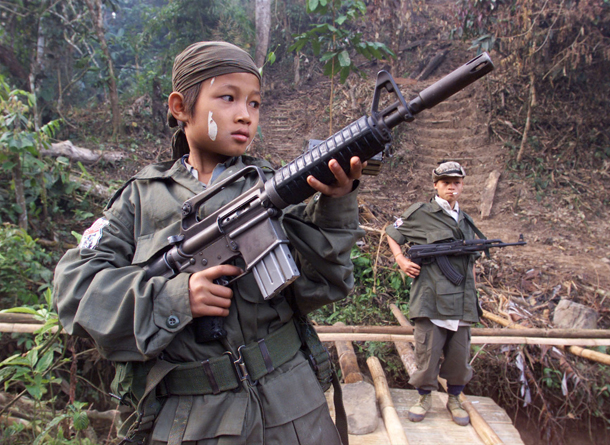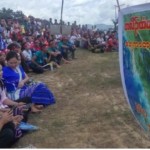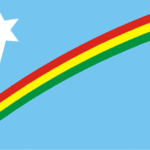Saw Yan Naing / The Irrawaddy, July 9, 2013
The United Nations has welcomed Burma’s decision to free dozens of child soldiers and called for all remaining children to be released from the country’s armed forces.
The demobilization of 42 child soldiers on Sunday from Burma’s military, known as the Tatmadaw, was “encouraging,” says Unicef’s representative in Rangoon, Bertrand Bainvel, but not the last step.
“We are happy for the children who were released and their families,” he told The Irrawaddy on Tuesday. “We of course would like more and more children to benefit from such action. We want to see more and more children released from the ranks of the Tatmadaw in the future.”
There is a lack of official data on the number of remaining child soldiers in Burma, both in the government’s armed forces and rebel armed groups, but Bainvel estimates that about 520 children have been demobilized so far, as the country transitions from nearly half a century of military rule. Under the former junta, the Tatmadaw recruited children as young as 12 years old.
In addition to the government’s military, Bainvel said seven non-state rebel groups have been found by Unicef to use child soldiers. Operating in ethnic minority states, these include the Democratic Karen Buddhist Army (DKBA), the Kachin Independence Army (KIA), the Karen National Liberation Army (KNLA), the KNU/KNLA Peace Council, the United Wa State Army, the Shan State Army-South (SSA-S) and the Karenni Army.
He said the UN agency was continuing to talk with Burma’s government and respective non-state armed groups to gain access to military facilities in conflict zones, including those controlled by the government army and ethnic rebels.
Unicef expects to launch a campaign in the next couple months to protect Burmese children from recruitment into the army, he added. The campaign will include a hotline call system to report violations against minors and the recruitment of child soldiers.
In Burma, children have been taken away by the Burmese Army while walking to and from school or waiting for transportation at railway stations and bus stops.
“Children should be in schools. They should be with their families. They shouldn’t be in the military,” Bainvel said.
Burma’s government signed an action plan with the UN last year, pledging to end all recruitment and use of children in the armed forces by December this year. However, although recruitment has decreased, according to reports by UN secretary-general Ban Ki-moon, it still continues.
Under the action plan, the Burmese government agreed to locate all children recruited by the Tatmadaw. The government also agreed to discharge the child soldiers and facilitate their quick reintegration into their families and communities.
“We expect the Tatmadaw will now be in a position to speed up the release of all children,” Ashok Nigam, a UN resident coordinator in Burma, said in a statement released by the UN News Center on Monday.
The UN Resident Coordinator’s Office and Unicef are co-chairs of a UN task force that is observing children’s rights in Burma. The task force is required by a UN Security Council resolution to establish a monitoring and reporting mechanism for six children’s rights violations in the country, including the recruitment and use of children in armed forces. The other violations include killing or maiming children; attacking schools or hospitals; committing rape or sexual assault; abduction; or denying humanitarian access.
The UN secretary-general’s report on child soldiers in Burma focuses on the Tatmadaw and seven other ethnic minority armed groups that fought for autonomy for more than six decades.
“All parties recognize this is about the future of Myanmar,” Nigam said in the statement. “No child should have to endure the hardship of being taken away from their families, friends, schools and communities.”
He said his organization would work with the Burmese government to expand access for its monitoring teams.
“Nothing justifies the recruitment of children in armed forces,” he said. “An army is not a place for a child to grow up.”
This article originally appeared on The Irrawaddy. View the original article here.







